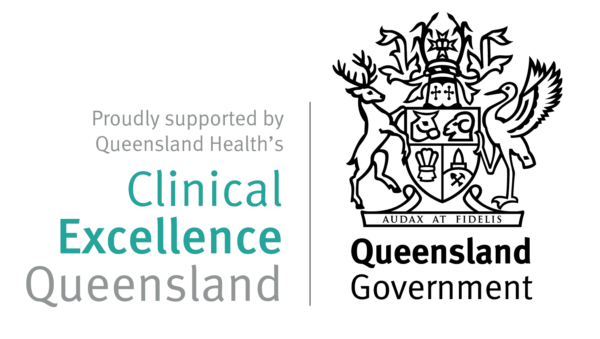Māori and Pacific Islander
To conduct research successfully among vulnerable cultural populations, projects must include the following [16]:
The following framework has been designed by researchers in the field as an indication of key factors to address when conducting research with Māori and Pacific Islander cultural groups: Te Whetu Rehua: A Guide to Deciding Appropriate Activities for He Oranga Poutama from Developmental Evaluation Exemplars: Principles in Practice. [17]
An example from the field
The Healthier Together (previously Healthy Kids, Healthy Families) project is a community-based, face-to-face and culturally tailored obesity prevention program, targeting Māori and Pacific Islander families living in Logan. This program is part of the Good Start Program, a state-wide preventative health program that provides support for the health and wellbeing of Māori and Pacific Islander children and families. It is an initiative that aims to lower the levels of chronic disease and obesity of families using culturally-tailored education sessions and resources.
Delivered over 8-weeks, the program focusses on building the knowledge, skills and confidence of healthy eating, physical activity and positive parenting practices. The program is not only delivered by Multicultural Health Coaches identifying with a Māori and Pacific Islander cultural background, but it was also designed using a unique co-design methodology. This approach promotes equity and inclusion of all stakeholders, acknowledges and caters for diversity and creates a medium for openness, respect and shared purpose.
The co-design phase followed an evidence-based framework, with the following factors contributing to successful program development:
- Community engagement – suitable and identified consumers were recruited through community events, social media and staff networks. Without the networks already established by the Good Start team, including family and friends, recruitment would not have been as successful. This aspect is key to the success of the project.
- Needs assessment – the needs assessment was informed by Māori and Pacific Islander determinants of health, cultural protocol and practices and our previous experiences in community engagement. Survey questions were developed considering cultural appropriateness, health literacy and sensitivity of the topic. This ensured the collection of honest and truthful responses from consumers.
- Situational analysis – analysis of responses regarding knowledge, attitude and practice relating to nutrition, physical activity, finance, culture, family and accessibility to services, identified priority areas for the prevention program to address. Results were presented back to consumers to ensure findings were an accurate representation of the community.
- Collaborative design – the program was designed drawing from the knowledge, experiences and expertise of community consumers, cultural advisors and health professionals, conducted by face-to-face “talanoa” (tala = to talk/noa = without concealment) which follows in the traditional oratory customs of the Māori and Pacific Islander culture. The co-design has contributed to the development of program objectives, session plans, resources and evaluation tools. The collaborative design ensures the program includes the promotion of cultural practices including talanoa, Fala, Salu, Basikete and Karakia, and the cultural tailoring of the program content including the Taro leaf.
- Quality improvement – feedback on the program was collected from all stakeholders involved in the program co-design, prior to full-scale implementation. Ongoing quality improvement is practiced every three months as part of the program, including both positive and constructive feedback from participants. This helps to ensure integrity of the program, adapting and responding to community needs through continuous co-design.
Read more about the co-design process.
Find out more about the current program, Healthier Together.














































































